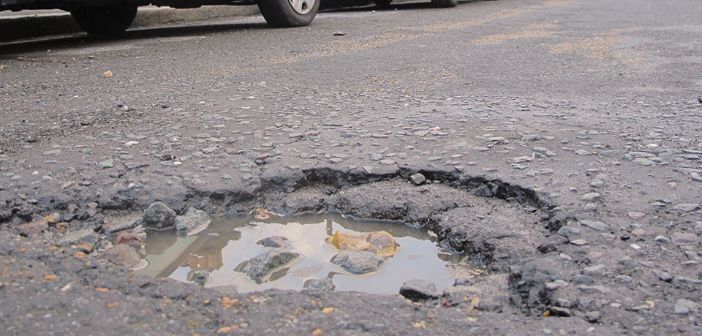The use of drones and 3D printing technology to identify and fix potholes is being explored as part of a multimillion-pound initiative, to improve England’s local roads, announced by the transport secretary today [13 August].
The package will see local councils across England receive a share of £15m in government funding for projects which aim to cut congestion, boost safety and reduce emissions – a commitment set out in the recently announced transport decarbonisation plan.
In addition to the funding, the government has also published the findings from a new initiative the Digital Intelligence Brokerage (DIB). The scheme looks to encourage more work with small and medium enterprises outside of the transport sector and to speed up research into new ways to fix potholes.
Transport secretary, Grant Shapps, said: “Whether you’re a motorist, cyclist or pedestrian, every road-user across our country deserves the best possible journey. That’s why, despite already having some of the best and safest roads in the world, this government is providing millions of pounds to improve them further still.
“This vital funding and work will cut journey times for millions of people, reduce emissions and keep the UK at the forefront of technological developments in roads maintenance as we continue to invest in local economies and build back both better and greener from the pandemic.”
The DIB has already worked to automated repair operations to minimise risk to road maintenance workers. It has also explored the use of bio-bitumen materials to create environmentally friendly road surfaces which contribute to the decarbonisation of highways maintenance.
RAC head of roads policy, Nicholas Lyes, added: “Additional investment to cut congestion and make pothole repairs better for the future is very welcome. Improving traffic lights can make a significant difference to local roads by efficiently maximising the number of vehicles that can safely pass through junctions while hitting a pothole can be an expensive and even a dangerous experience.
“We look forward to seeing how drivers and road users more widely can benefit from the use of 21st-century technology to repair their local roads more quickly.”





